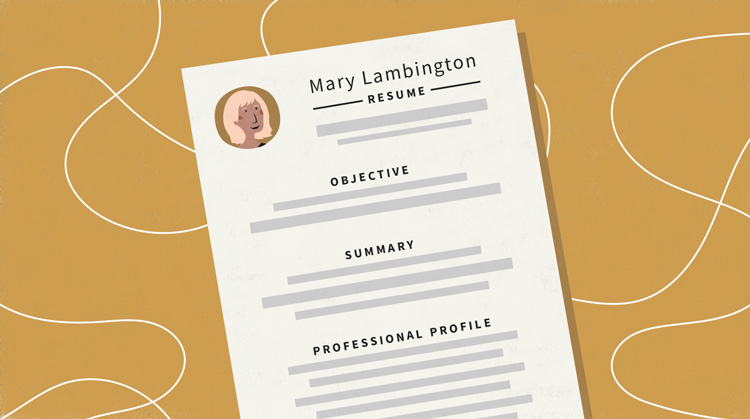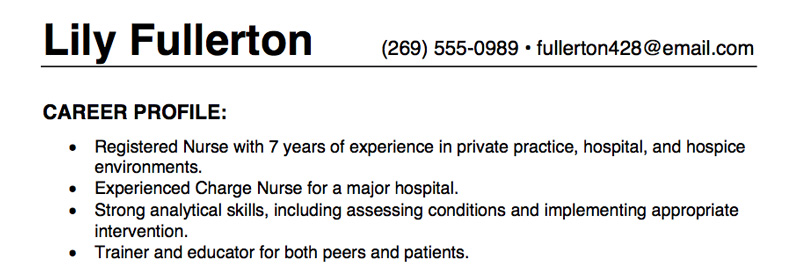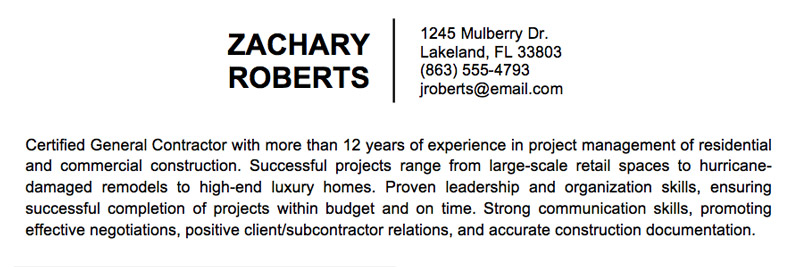Resume Writing -
Objectives, Summaries, or Professional Profiles

Resume Writing
Objectives, Summaries, or Professional Profiles


/en/resumewriting/contact-information/content/

The purpose of a resume is to sell your professional expertise to a hiring manger. The career objective, summary statement, or professional profile is the first advertisement of your skills and expertise that a hiring manger will see. Each one has a slightly different intent and feel.
In this lesson, you will compare statements and understand their purpose. Then you will determine which one is best for you in order to create one for your own resume.
Watch the video below to learn about resume summary statements.
In the past, most job seekers included a career objective on their resumes to tell hiring managers what types of position they were looking for. A more recent trend is to include a summary statement or a professional profile in place of the objective. However, some job seekers include both an objective and a summary. Regardless of which you choose to include, this area should:
Why would you choose to include one statement over the another for your resume? Here are some examples.

Lily chose to include a career profile to summarize her experience and highlight the key things she wants the hiring manager to know about her. She used a bulleted list to make it easy to scan.

Zachary used a written summary statement to emphasize the skills and experiences he thinks he will need for the job he wants as a project manager.

Ashley used an objective to tell hiring managers what type of position she is interested in.
Consider the following as you decide which approach to take on your own resume.
Fewer and fewer job seekers are including a career objective on their resumes. The trend to omit a career objective stems from recent research showing that candidates have a better chance to be interviewed if they write their resumes to help an employer fill an open position (which is what the employer wants), not to tell the employer what they want.
However, many job seekers still include it along with a professional summary, especially if they are new to the workforce. Note that whether employers expect to see a career objective on your resume is partly dependent upon your field. In some fields, like education, job applicants are still expected to include an objective.
Some resume experts believe including only a simple job title in your objective is better than writing a full statement. For example, these experts would suggest writing a position as a receptionist rather than a full-time position using my strong organization, office management, and customer service skills as a receptionist for an established financial planning firm.
The summary and profile statement do essentially the same thing. A summary statement simply restates the key points of your resume, usually in a short paragraph or a few bullet points. A professional profile also highlights the key points from your resume, but it usually focuses more on your accomplishments and accolades.
Regardless of which you choose to include on your resume, this section should:
Download our Chronological Resume Template if you haven't already. If you've already started your resume template from a previous lesson, you can open that document.
You will be working only in the Summary portion of the document for this activity. Please refer to the following picture:

Replace the template text with your own information. Be sure to remove the brackets as you are replacing text.
/en/resumewriting/employment-history/content/